Kraków 2021-09-23
History Lockheed C-5 Galaxy.
The history of the Lockheed C-5 Galaxy began before its predecessor, the Lockheed C-141 Starlifter, made its first flight.
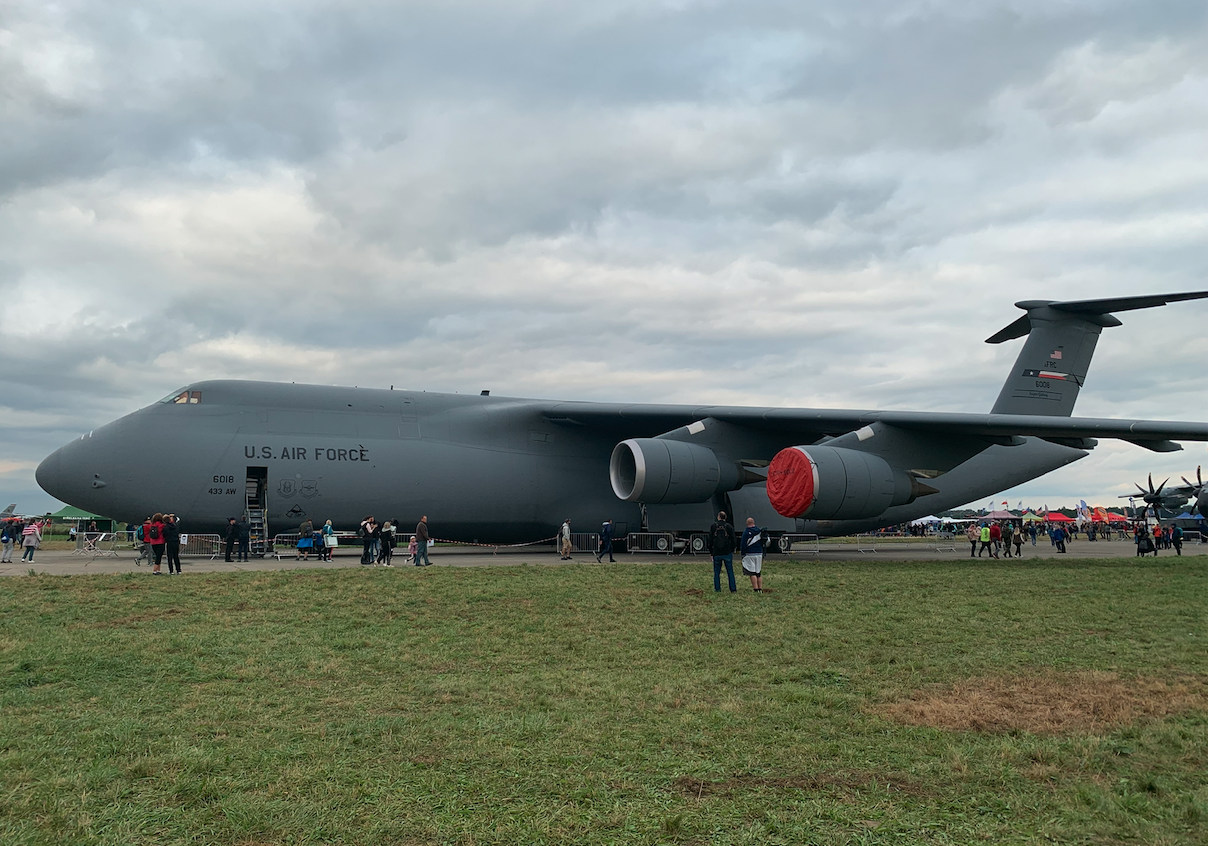
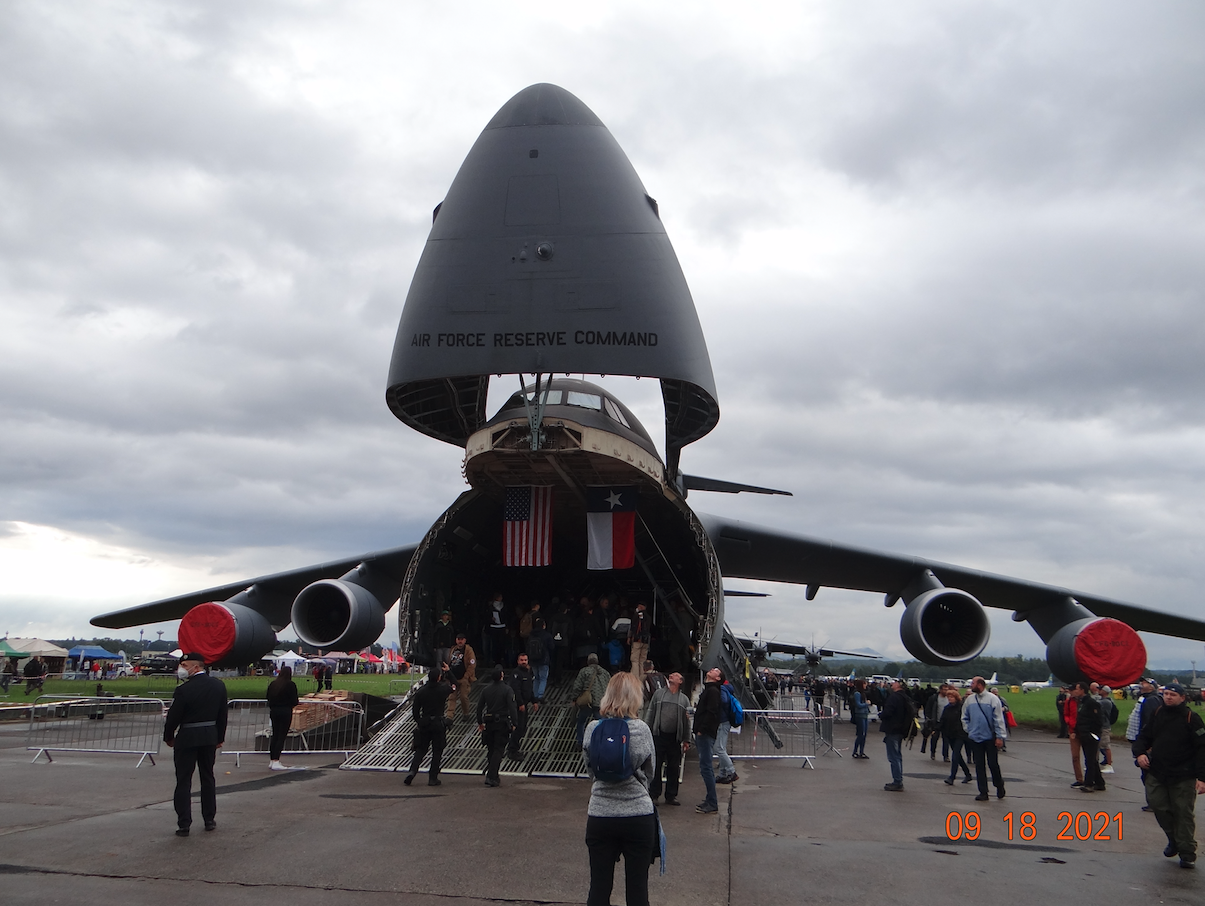
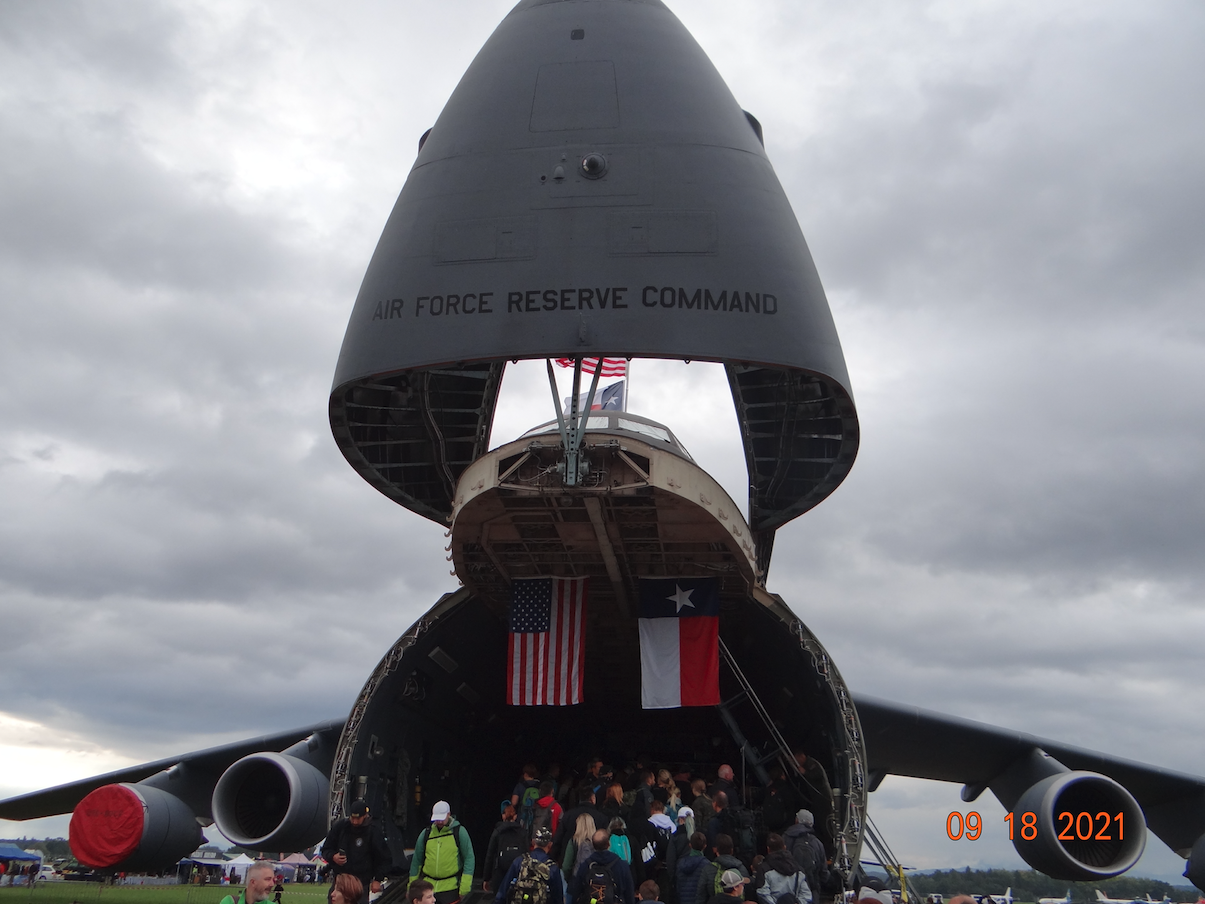
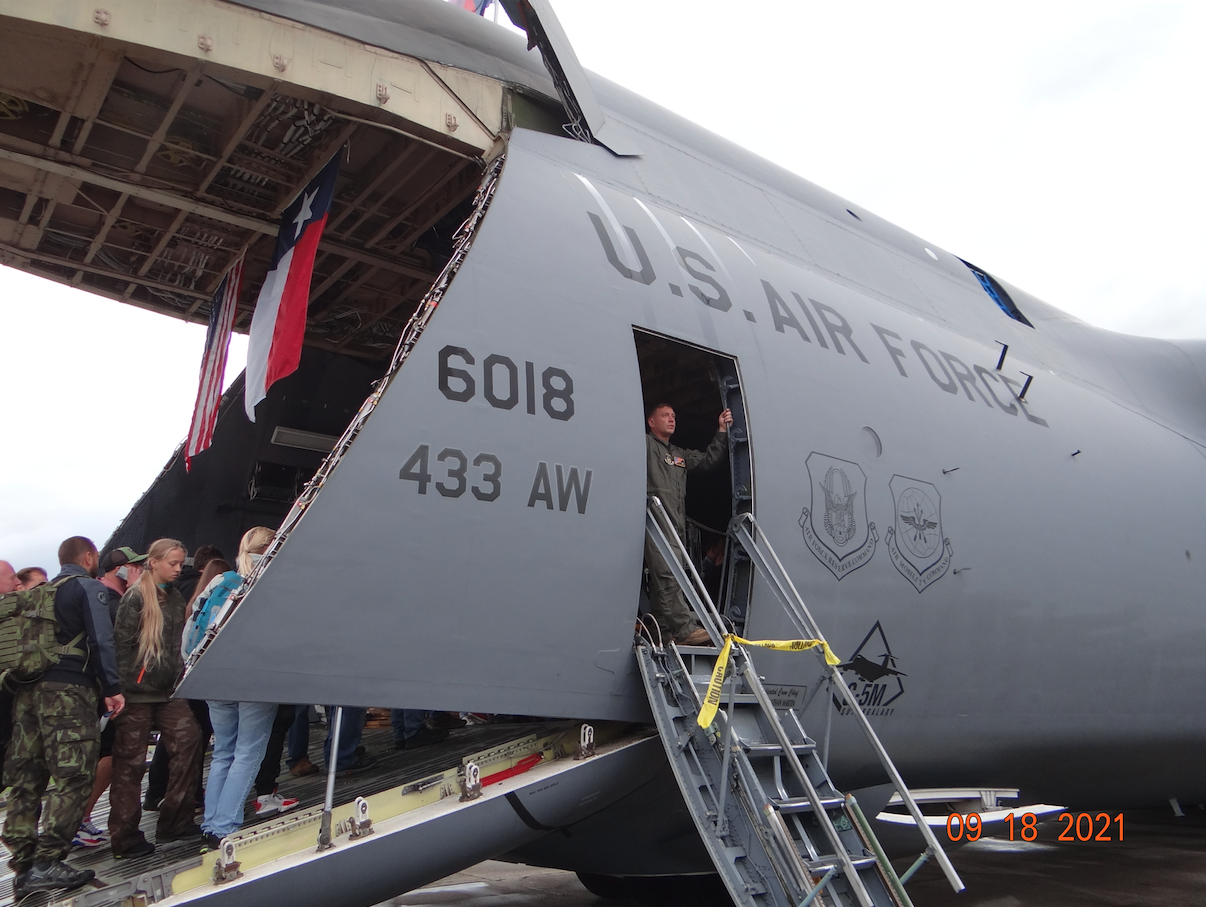
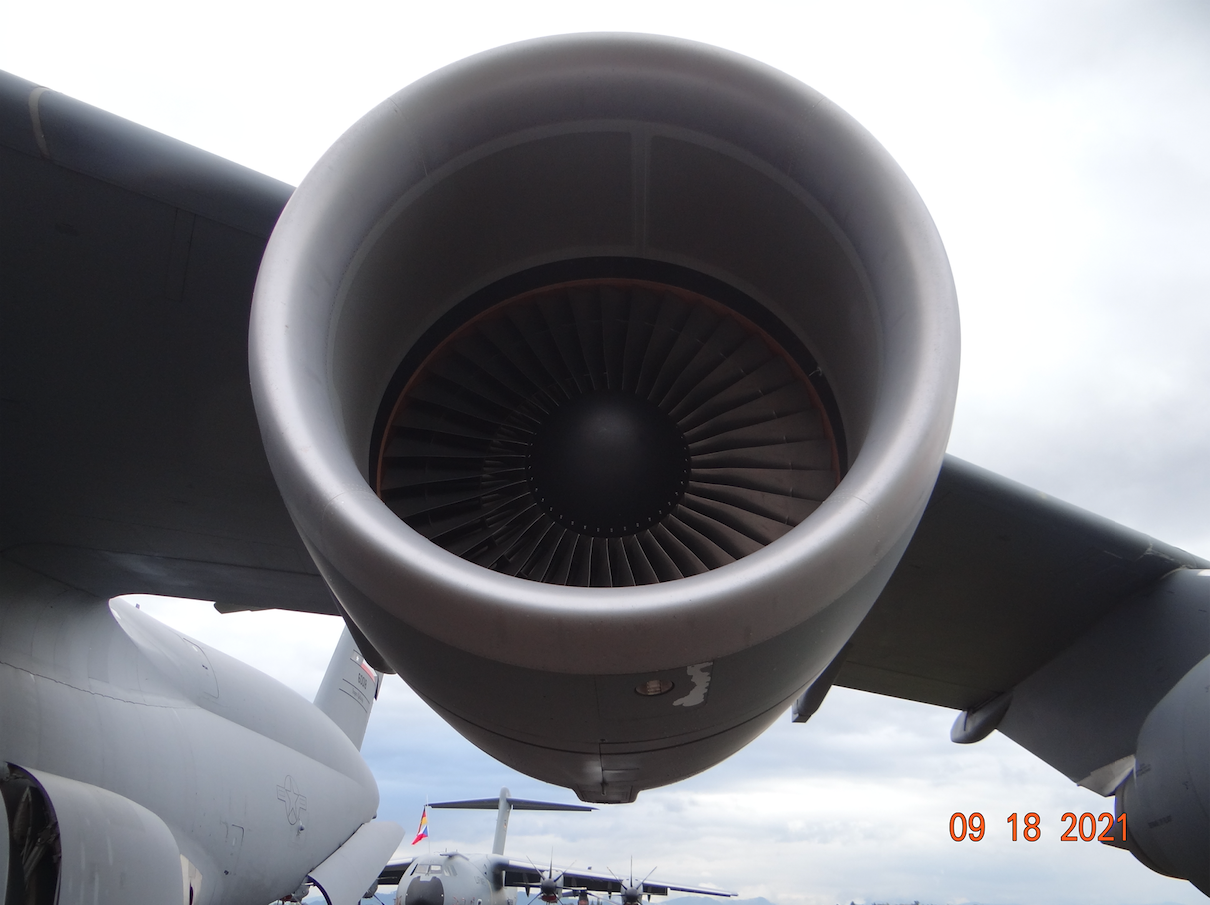
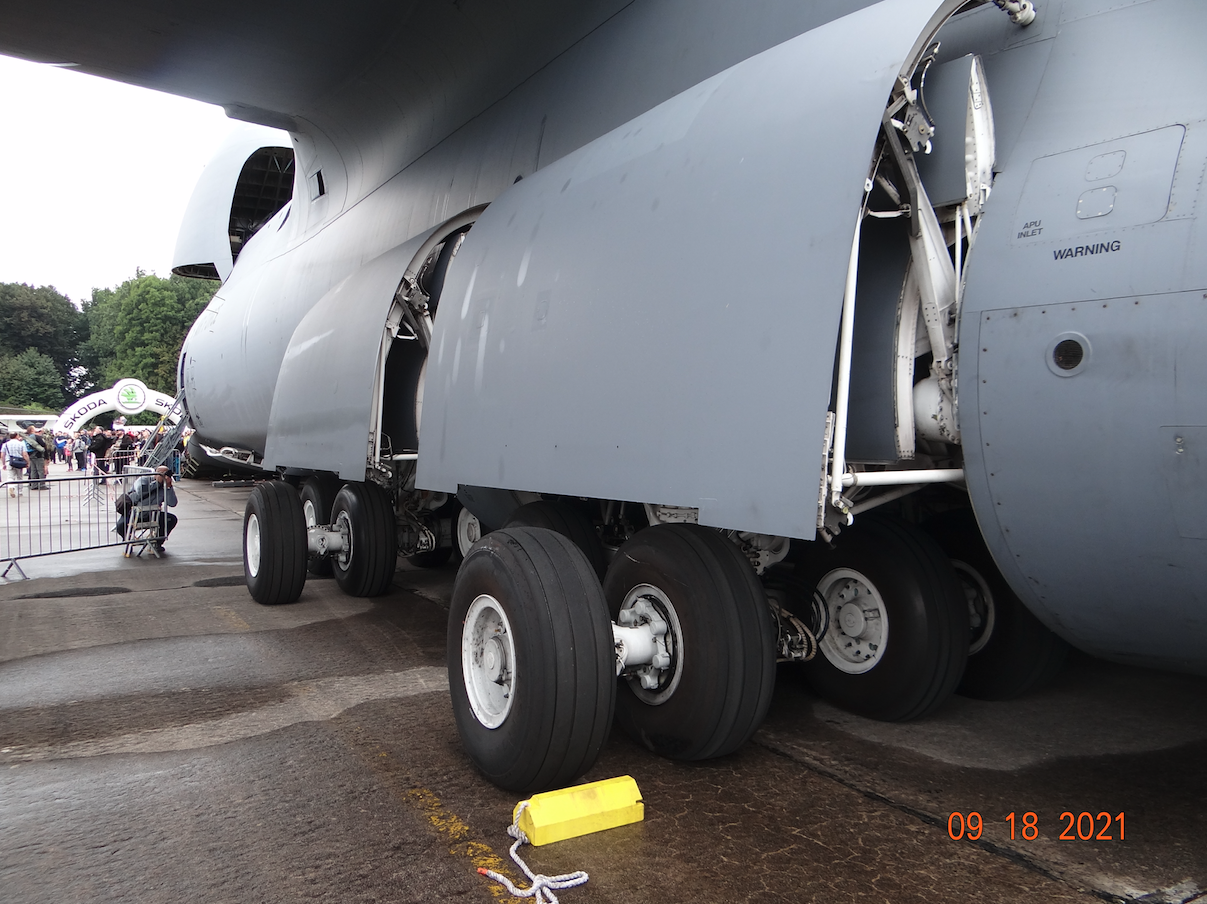

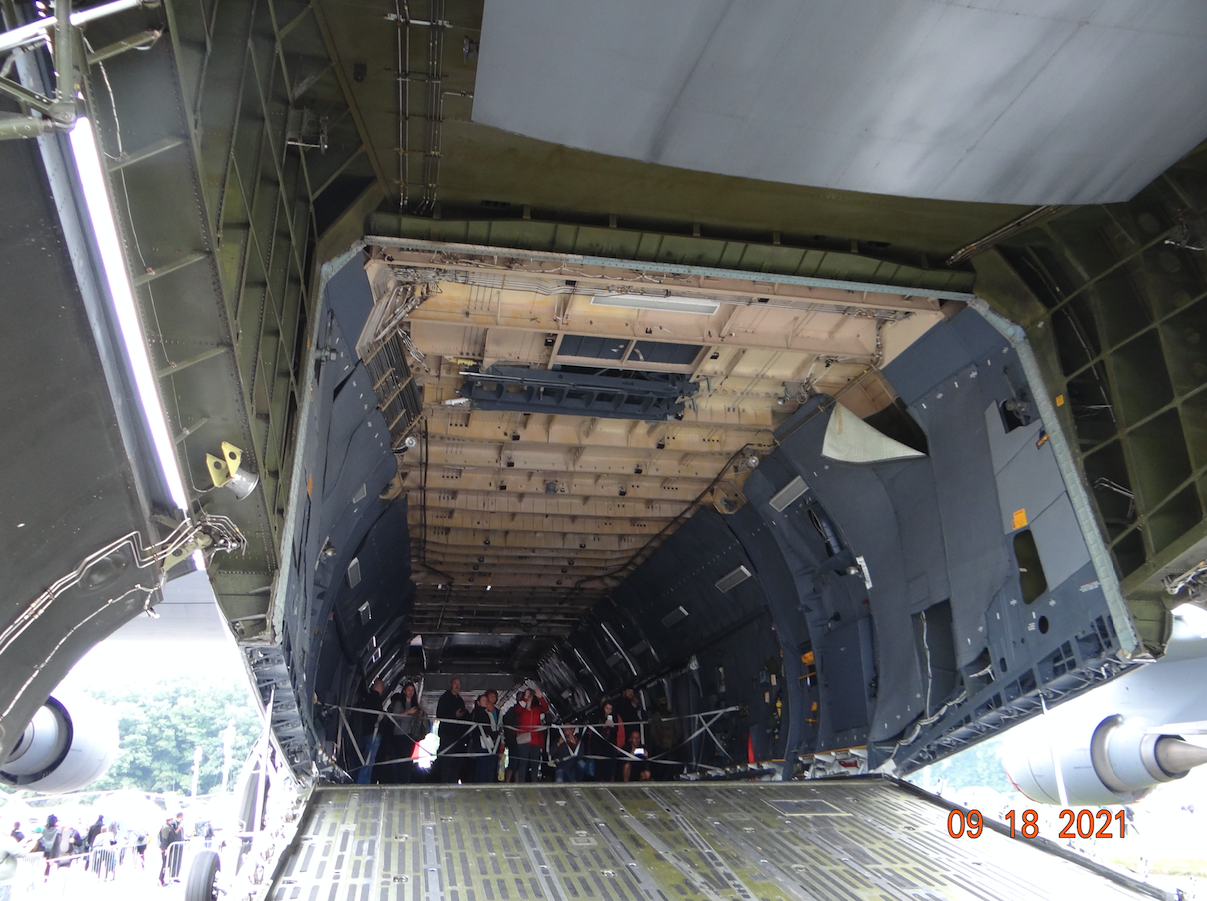
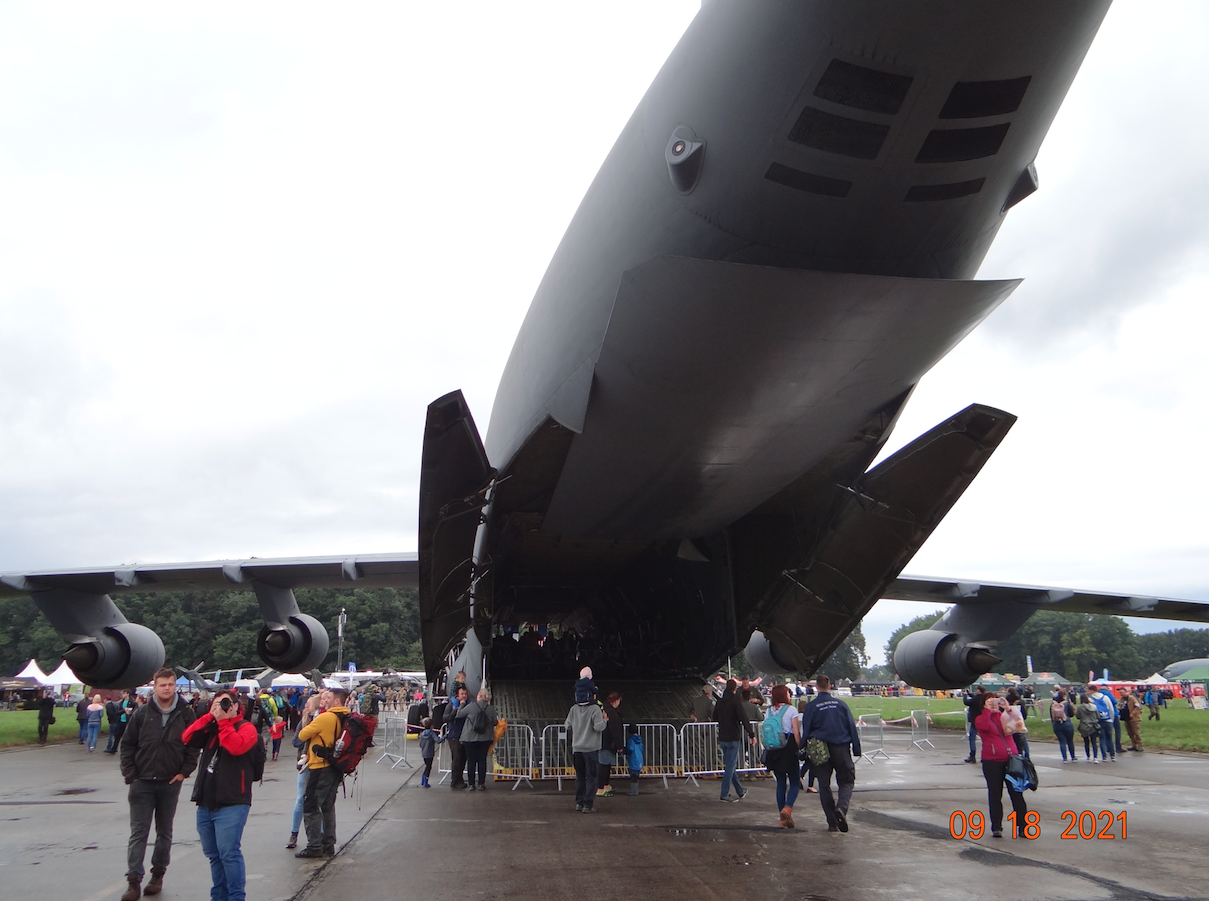

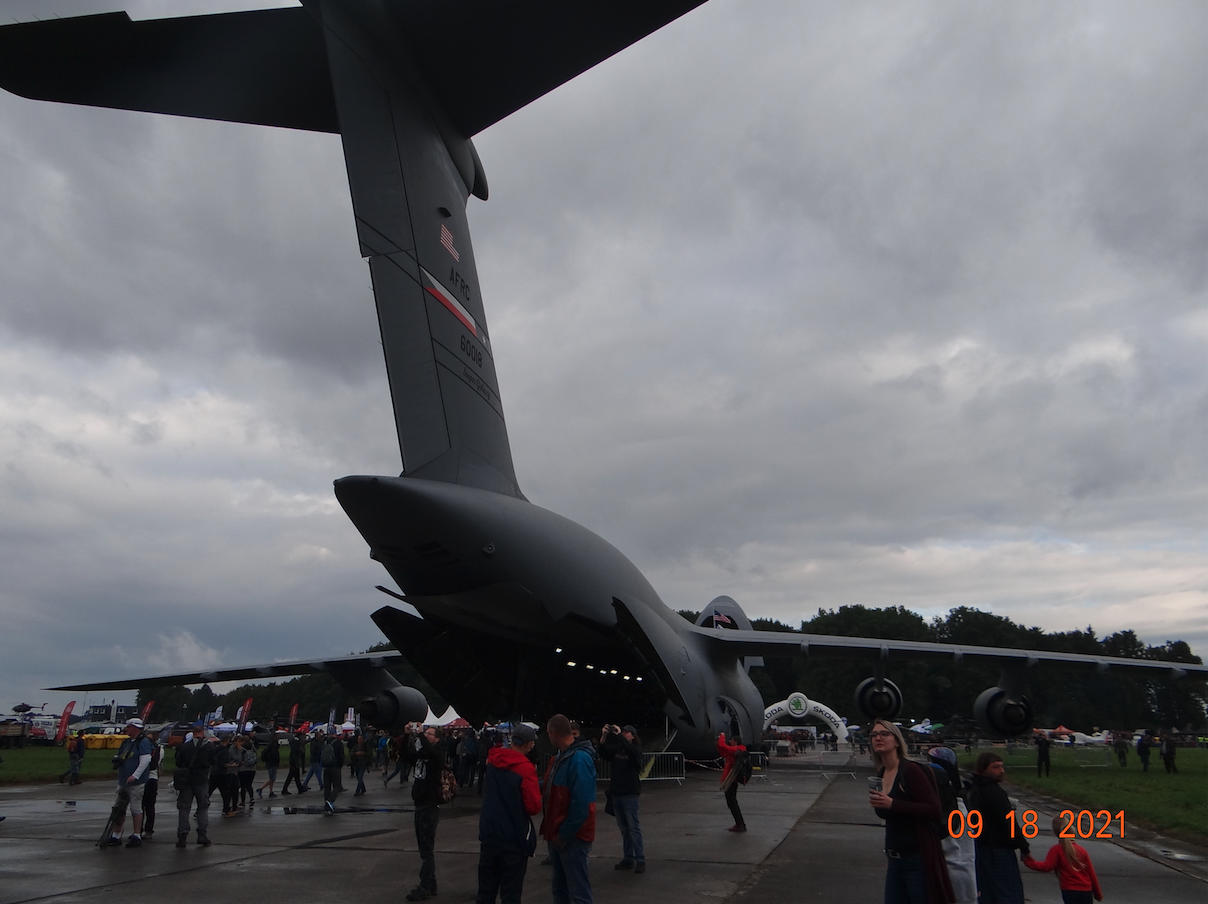
In 1961, several American aviation companies began developing a heavy turbojet transport aircraft to replace the then used Douglas C-133 Cargomaster and the Lockheed C-141 Starlifter. In 1963, Lockheed introduced a new concept for the CX-X transporter with a curb weight of 250,000 kg, a maximum payload of 82,000 kg and a speed of 919 km / h. The dimensions of the cargo space were: 5.20 m wide x 4.10 m high x 30.00 m long, accessible through both the front and rear loading doors. The plane was to be powered by 6 turbojet engines.
In 1964, based on the presented possibilities, the USAF developed a new specification for the CX-HLS (Heavy Logistics System) aircraft, which was to be powered by only 4 engines. The plane was to have a total weight of 250,000 kg. In late 1964, the carrier specification was sent to the Boeing, Douglas, General Dynamics, Lockheed and Martin Marietta aviation factories.
Two companies have entered the main stage of the CX-HLS competition; Lockheed and Boeing. At the end of 1965, the USAF committee chose Lockheed's design with General Electric engines, and that is how the C-5 A Galaxy was created.
New turbofan engines.
In the first half of the 60's, the US aviation had turbojet engines with a thrust of up to 100 kN. Such an engine could not drive a new military transport, which was supposed to have only 4 engines. In connection with the SST (Passenger Supersonic Aircraft) program, work has already begun on high-thrust engines; GE-4 with a thrust of 290 kN. However, such engines have different rules due to the speeds they achieve. Subsonic engines with a thrust of 180 kN were needed for the designed transport aircraft. Therefore, the engine development was proposed to Curtiss-Wright Corporation, General Electric and Pratt & Whitney. The former withdrew from all programs and soon shut down.
General Electric has developed the TF39 turbo-fan engine (military version for the C-5 Galaxy) with a thrust of 180 kN, which was designated CF6 in civil aviation.
The roll-out of the Lockheed C-5 Galaxy was performed on March 2, 1968. The prototype of the aircraft made its first flight on June 30, 1968. The first serial aircraft was handed over to the USAF on June 6, 1970. By 1975, 81 C-5 A aircraft had been built.
In the period 1981-1986 the planes underwent repairs to strengthen the wings, where material fatigue was noticed. The wing structure was replaced with newer and stronger alloys, which were not available in the 60's. The modification covered 77 aircraft.
In 1986, a new version, designated C-5 B, began testing in flight. Many significant improvements were made to the first version. Between 1986 and 1989, 50 new C-5 B units were built.
In recent years, Lockheed C-5 Galaxy aircraft have undergone further renovations in order to extend their service life at least until 2040. Airplanes are marked with the letter "M". The first one was handed over to the user in 2006. By 2020, 52 aircraft had been refurbished. During these overhauls, engines are replaced with the GE F138 version, which is known in commercial aircraft as CF6-80C2L1F. This engine provides 22% more thrust than the TF39 engine installed in the C-5 A / B / C aircraft. The C-5 M aircraft has 89 FAI-certified world aviation records for climb, lifting capacity and range.
The Lockheed C-5 Galaxy is America's largest military transport aircraft. The only users of them are the USAF troops. The C-5 aircraft is capable of transporting fully equipped military units with heavy equipment, together with tanks.
T-T Lockheed C-5 Galaxy Data:
Span 67.89 m. Length 75.54 m. Height 19.85 m. Bearing area 576 square meters. Curb weight 153 285 kg. Gross weight is 381,000 kg. Top speed of 0.87 Ma, 462 kn (532 mph, 856 km / h). Cruising speed 0.79 Ma. The cargo hold space is 985.29 cubic meters.
Lockheed C-5 Galaxy. Visits in Poland.
The Lockheed C-5 Galaxy plane first flew to Poland at the Okęcie airport in 1981. He brought seven helicopters and their crews to the World Helicopter Championships, which took place in Piotrków Trybunalski. At that time, American aviators encouraged the inhabitants of Warsaw to visit the plane. However, when the visitors wanted to look into the cockpit of the crew, the Polish counterintelligence officer forbade it. The fact is that you have to climb a steep ladder to get to the cockpit.
The Lockheed C-5 Galaxy plane landed for the second time at the Rębiechowo airport near Gdańsk in 1989. The plane provided the necessary equipment to support the visit of US President George H. W. Bush. Armored cars, among others, were brought.
Written by Karol Placha Hetman
